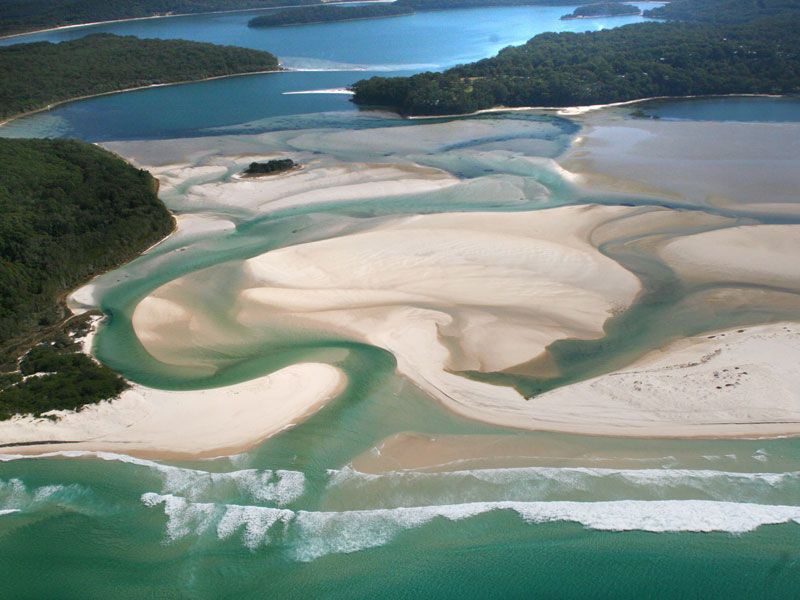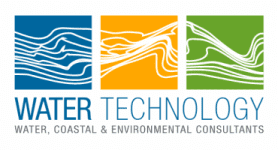The MidCoast Local Government Area (LGA) contains several iconic and highly valued estuaries, including the largest coastal lake system in NSW. The Molino Stewart and Water Technology team was commissioned by MidCoast Council to prepare the Stage 1 Scoping Study of the MidCoast Southern Estuaries Coastal Management Program, working under the NSW Coastal Management Framework, to establish integrated, long-term programs for the coordinated management of the coast. The southern estuaries study area includes Khappinghat Creek, Black Head Lagoon, Wallis Lake, Smith Lake, Myall Lakes, the northern foreshores of Port Stephens (including Karuah River, North Arm Cove and Kore Kore Creek), and their contributing catchments. This coastal area provides stunning natural environments, areas of cultural significance, a multitude of social and recreational benefits for the local communities and visitors and is a key contributor to the regional economy.
Through extensive engagement with the local community and stakeholders, the Scoping Study identified a range of environmental, social and economic values provided by the coastal zone. These include sustaining healthy estuarine environments that support diverse ecosystems, promoting good water quality for environmental and recreational uses, preserving scenic and recreational amenity, maintaining Indigenous cultural connections to country, and supporting economic uses such as oyster farming. A first-pass risk assessment found that the estuaries face a number of pressures including catchment runoff and pollution, inundation of foreshore areas, QX disease impacting oysters, disturbance of Indigenous tangible and intangible heritage, increased development and climate change impacts. The Scoping Study includes a business case and forward program for the subsequent stages of the CMP.



